Tarragon: [Characteristics, Care, Planting, Pruning and Problems]
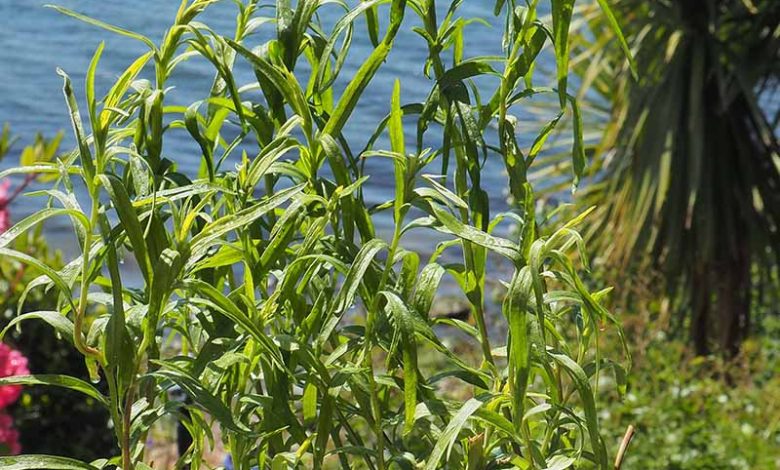
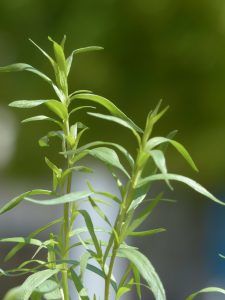 Have you tried any food made with tarragon and can’t wait to have it very fresh in your home garden?
Have you tried any food made with tarragon and can’t wait to have it very fresh in your home garden?
You are in luck because it is a plant that you can have regardless of the climate in which you find yourself, since it adapts to a perennial or deciduous life.
If the winter is very cold and you have no way to protect it, you will plant it annually. If it is warmer, it will be a perennial type.
Sowing it is not much of a mystery if you follow in detail each of the recommendations that we will give you below. Will you join us?
Important points when sowing Tarragon:
- When? In spring.
- Where? In an outdoor space where it receives plenty of sunlight.
- How do we prepare the land? Plowing it so that it is very loose.
- How should we water? With drip, using a shower if necessary.
- How often do you have to water? 2 times a week to keep the soil just a little moist.
- What care do you need? Pruning of flowers, soil with good drainage, without fertilization.
- What pests and diseases does it have? It can be the victim of certain important attacks such as rust, powdery mildew and aphids.
What is tarragon?
Tarragon is an aromatic type plant that grows only about 60 centimeters when the environmental conditions are ideal. The flavor is similar to anise and when used in cooking preparations it provides a characteristic taste that many people love.
The normal thing is that its flowering occurs during the summer days, time in which the aroma is even more penetrating. And although the most remarkable thing is the aroma and flavor, it is a plant rich in vitamin K and has good properties for therapeutic treatments.
The strongly aromatic and slightly aniseed leaves of the perennial tarragon are ideal chopped and added to salads, fish, eggs and chicken dishes.
The leaves can be used to infuse white wine vinegar and is an essential condiment for Béarnaise butter sauce.
There are two main types of tarragon: the strong-flavored French tarragon preferred by foodies, and the inferior-flavored Russian tarragon.
What kind of plant is tarragon? Characteristic
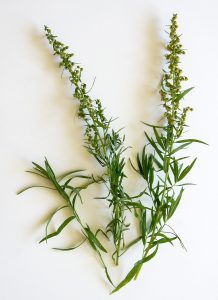 It is a plant that belongs to the asteraceae family, edible and used as a condiment in the cuisine of many countries.
It is a plant that belongs to the asteraceae family, edible and used as a condiment in the cuisine of many countries.
It can be planted both in the garden and in a pot, but ensuring that it always receives a sufficient amount of sunlight on a daily basis.
The best thing is that it is a plant that works very well for associations in the garden, as it accepts the company of chilies and peppers, for example.
How to take care of tarragon?
It is necessary for the tarragon to obtain a sufficient supply of water so that it can be vigorous and healthy.
This is complete when the soil is slightly moist, so setting the watering frequency to 2 times per week and dripping is more than enough.
As in tarragon the important thing is the leaves, it is necessary to cut the flowers at the stage of their appearance.
Thus, the plant will concentrate its energies on the production and improvement of foliage and will not spend resources on flourishing flowers. It is important that the tarragon has the appropriate climatic conditions to be healthy, both in winter and in summer.
In both cases, the mulch can be a valuable resource because it will protect the roots from the cold and prevent too much water from evaporating during the summer.
And, although it does prefer a fertile and nourished soil at the beginning of its sowing, it is not essential to apply fertilizations again when it is an adult plant. In any case, if you wish, take advantage of the earthworm humus, which is what works best for it.
When is tarragon planted?
Spring days have the best conditions for tarragon to be planted effectively. The most profitable thing is to wait until the middle of the season, at least, so that the environment is a little warmer.
How is tarragon planted?
It must be planted in soils that have been worked to give them greater looseness and that the air penetrates easily and the roots can expand.It is important that the texture is medium sandy and with enough nutrients to help it grow.
The contribution of humus before planting can be beneficial so that it finds the space with the optimal conditions and its roots establish themselves comfortably.
How does tarragon reproduce?
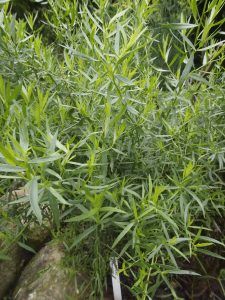 It reproduces easily by dividing the adult plants, which not only helps to always have tarragon, but also prevents the roots from suffocating.
It reproduces easily by dividing the adult plants, which not only helps to always have tarragon, but also prevents the roots from suffocating.
This process can be applied every three years to allow the plant to strengthen and support the procedure in a good way.
In any case, tarragon seeds can be worked knowing that their germination rate is really low.
If a good quality seed is obtained, it is possible that the plant will reach a size sufficient for transplanting (approximately 10 centimeters) in two months.
At this point, it is necessary to transplant without delay so that the roots can conveniently begin their expansion.
How do you prune the tarragon plant?
Tarragon pruning is not carried out in the usual way as in other plants because it is not as vigorous and messy.The action is carried out on purpose to take advantage of the leaves, which are usually collected between spring and summer very frequently.
So that the plant stays healthy and this process can be carried out for a long time, make sure to remove the oldest leaves.
In fact, a good measure to improve productivity is to pinch the most tender shoots, this way you will stimulate the growth of the leaves. Towards the end of summer it is possible to carry out a stronger pruning with the idea of drying the leaves and keeping them for use in winter.
However, it must be considered that this process causes the characteristic aroma to be lost at some level.
Tarragon is a very valuable plant in the gastronomic world and it is almost mandatory to have it in the home garden. With your own plant you will not only enjoy its greenery in your garden, but also the rich flavor and aroma that it will bring to your preparations.
If you have already decided to have it, do not leave for tomorrow what you can do today. Take advantage of this information and act now.
tarragon care
Plants in the ground are unlikely to need much or no watering in summer, but may need to be watered on very light, fast-draining soils during prolonged dry spells.
Give the plants one or two light waterings with a liquid plant food during the summer.
Remove any flowers that may appear for a constant supply of tasty leaves.
Plants will die back to ground level in winter. French tarragon is not completely cold hardy and may need winter protection by covering the plants with a mulch, fleece or straw.
If grown in pots, they should be moved to a protected location – even a shed or garage – when the plant has died during the winter months.
Pests, diseases and possible problems
powdery mildew
Mildew appears as a white powdery deposit on the leaf surface and leaves become stunted and wrinkled.
Remedy: Keep the soil moist and grow in cooler places.
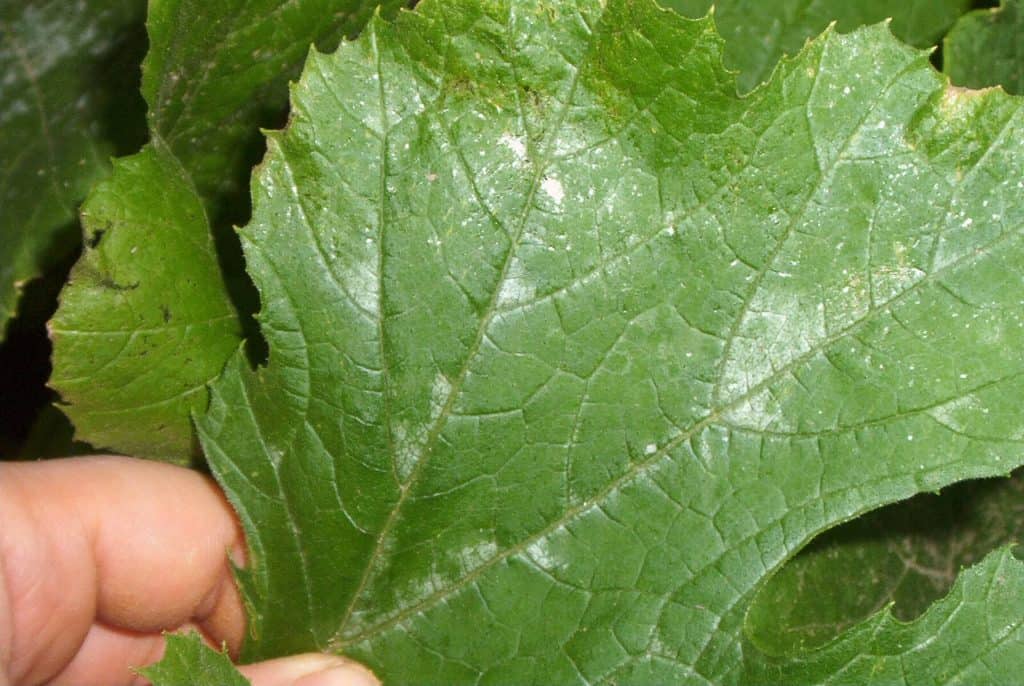
Rust
Rust is a fungal disease common to many plants that is recognized by the orange, yellow, or black spots or blisters that form on the leaves, along with pale, distorted stems.
Leaves can fall off and, in severe cases, plants die.
Remedy: Dig up severely infected plants and remove them to prevent the spores from spreading to other plants.
Before purchasing plants, check them carefully to make sure they are healthy and show no signs of disease.
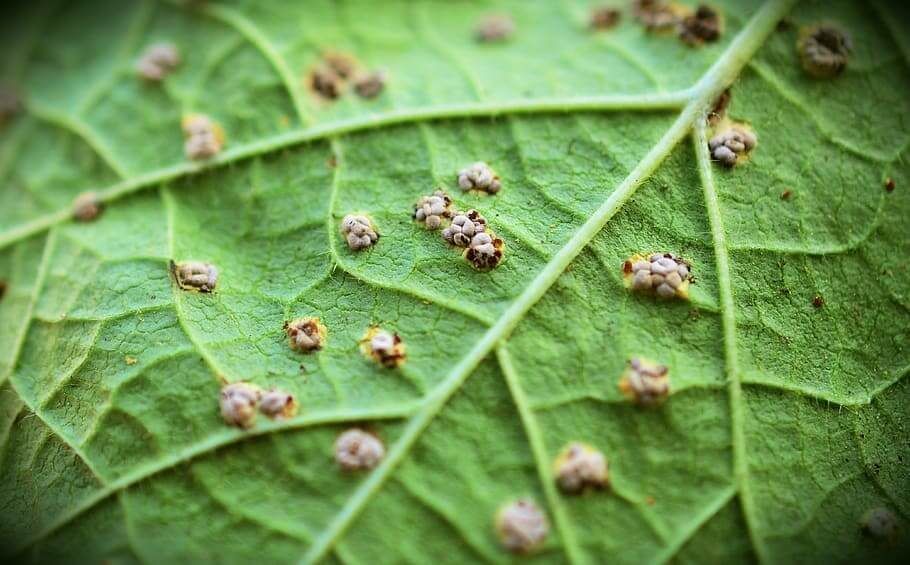
Bibliographic references
- Manual for the Cultivation of Aromatic Plants, N Storti, AM Collura – sidalc.net
- Root mycoses in tarragon produced in Argentina, SA Gaetán, MSM de Chaluat – Phytoma Spain: The magazine…, 2004 – dialnet.unirioja.es
- Comparative study of the diagnostic histological characters of French tarragon (Artemisia Dracunculus L.) and Russian tarragon (A. Dracunculoides Prush), AR CORTELLA, MV AGUILAR – Latin American Food.(187): 38 …, 1991 – sidalc.net
- Design and implementation of a physical system for the tarragon and export-type mint harvest process, FE Castillo Contreras – repository.un Bosque.edu.co



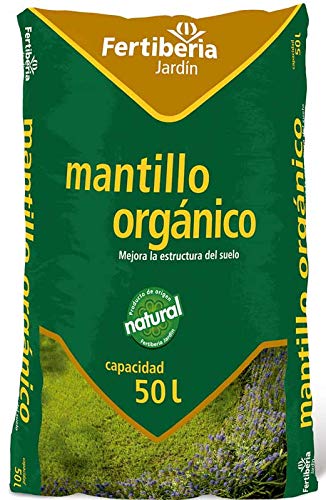
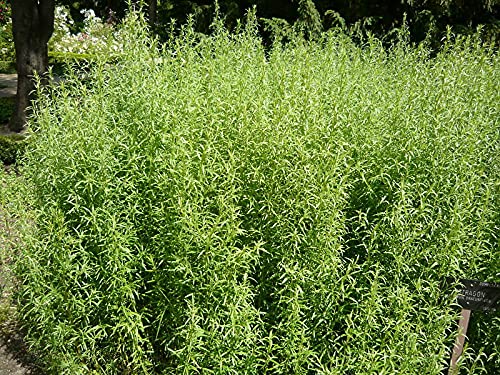
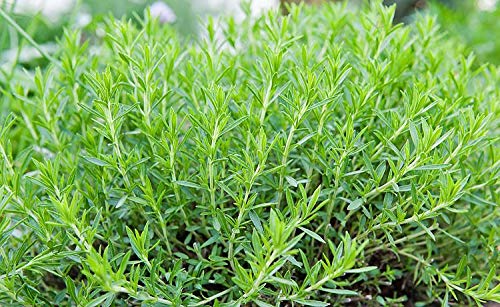
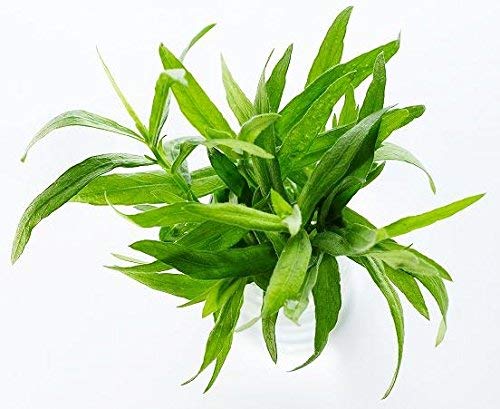
![Photo of Fruit Flies: [Effects, Detection and Treatment]](https://www.complete-gardening.com/wp-content/uploads/2022/08/Como-eliminar-las-moscas-de-la-fruta-300x212-1.jpg)

![Photo of 14 Types of Orchards: [Characteristics and Operation]](https://www.complete-gardening.com/wp-content/uploads/2022/08/14-types-of-orchards-characteristics-and-operation-390x220.jpg)
![Photo of Planting an Apple Tree Has Never Been So Easy: [10 Steps + Images]](https://www.complete-gardening.com/wp-content/uploads/2022/08/planting-an-apple-tree-has-never-been-so-easy-10-steps-images-390x220.jpg)